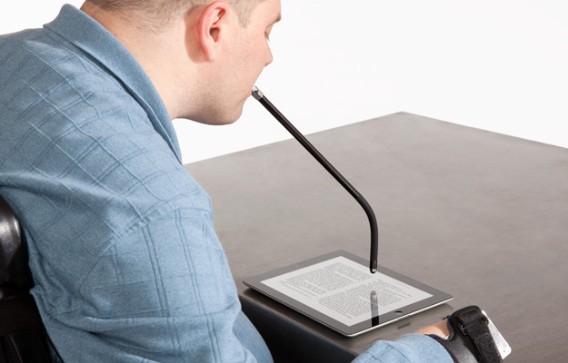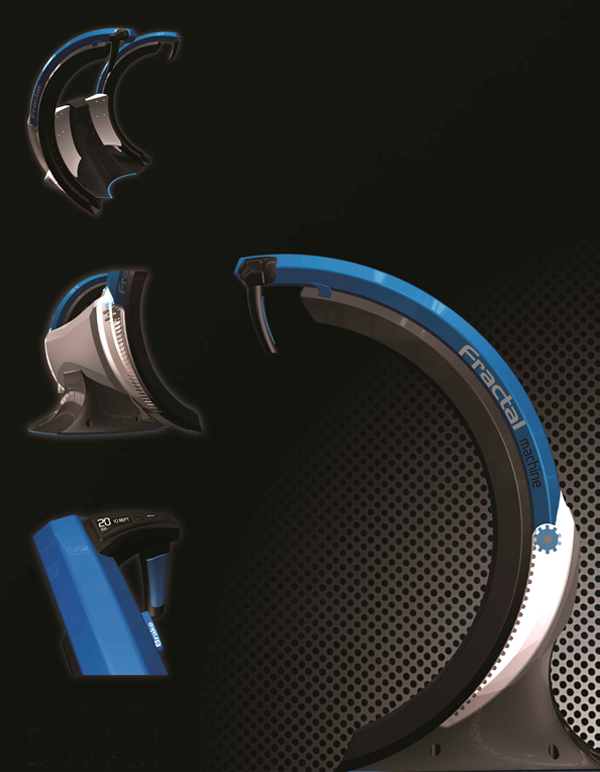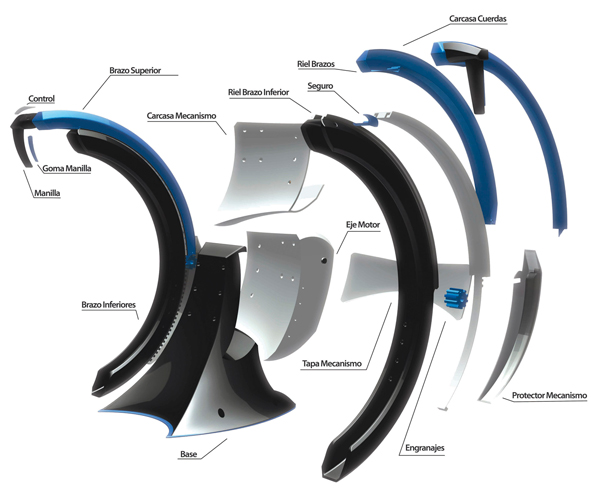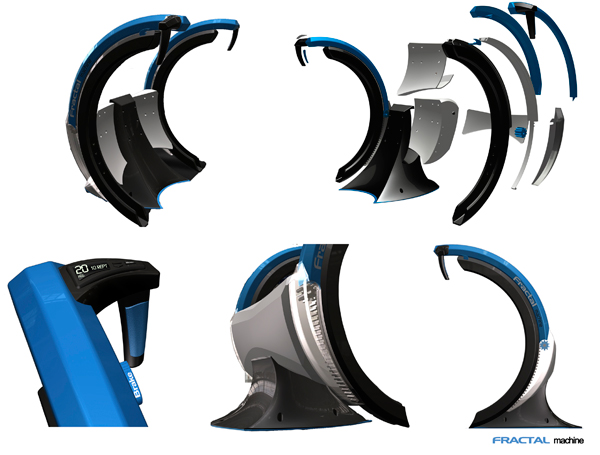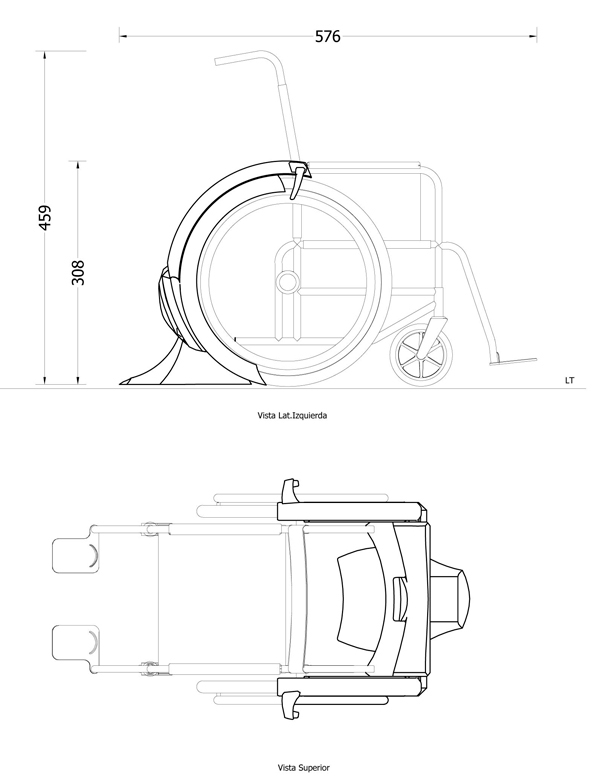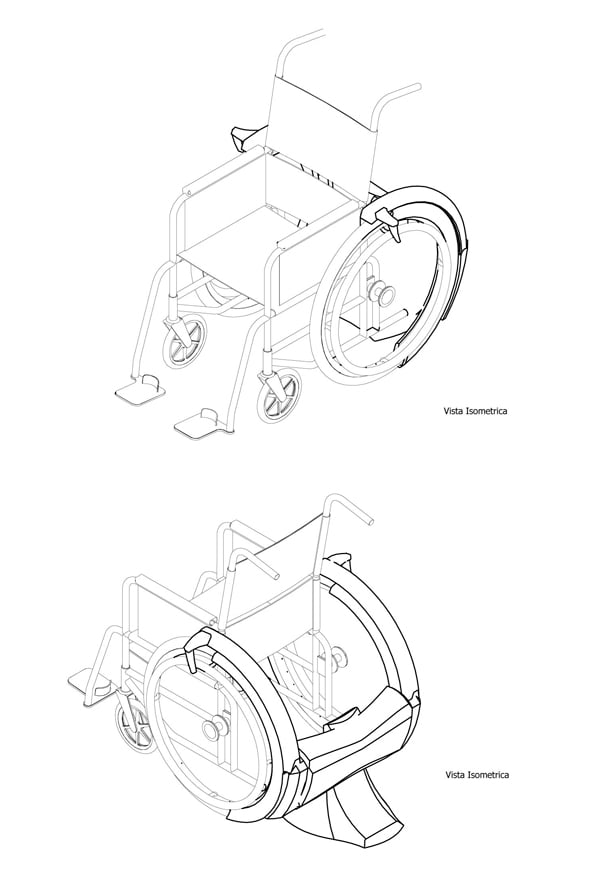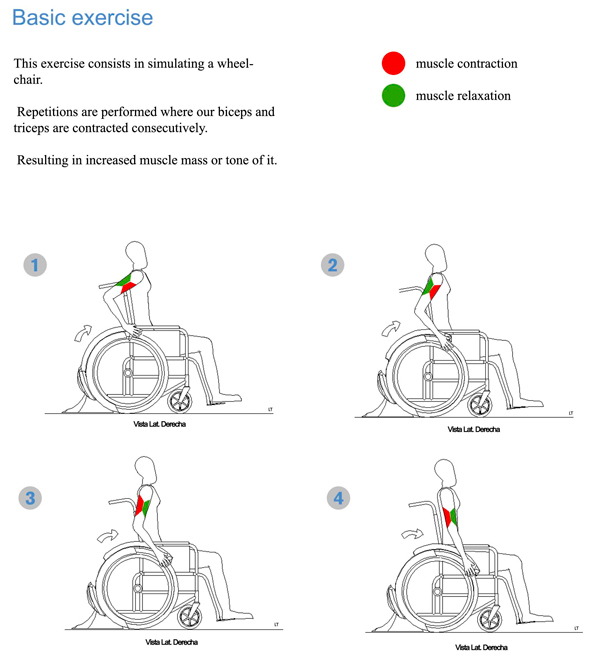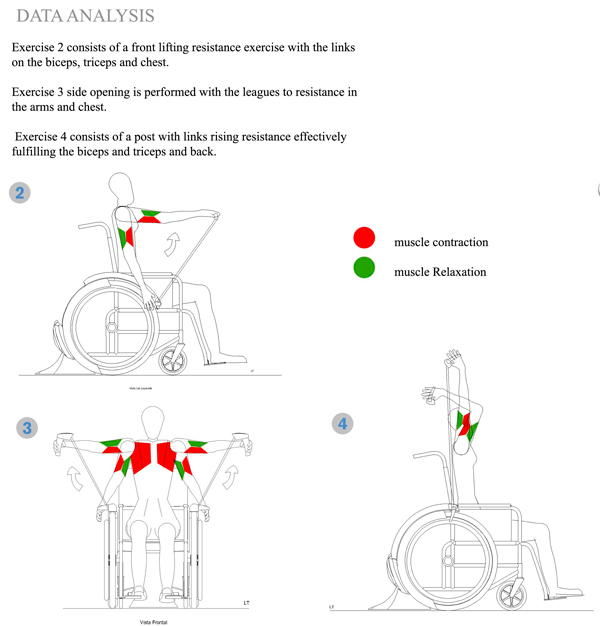The man you see here is Alex. He is a gamer who suffers from spinal muscular atrophy. That means that he lacks the muscular control and therefore the precision to use standard controllers. Now stop for a second and imagine how frustrating that must be. You love playing games, but your body is working against you.
Luckily for Alex and others like him, Special Effect is here to help. It is a charitable organization in the UK that helps disabled gamers play. Yes, that really exists and it is awesome.
The outfit set up a rig that lets Alex control the game by twitching his eyebrows. He plays Minecraft just as well as anyone else in fact, by moving the tiny levers placed over his eyebrows. He uses one control to place blocks, and the other to jump, while a gaze tracking system lets him move around. Alex also plays FIFA using the same system, with the eyebrow switches controlling passing and shooting.





 The product is called the
The product is called the 